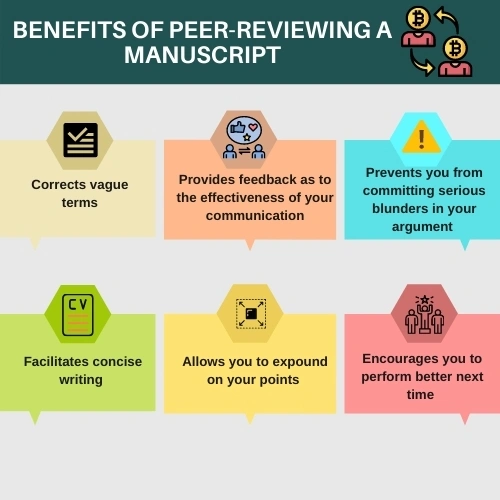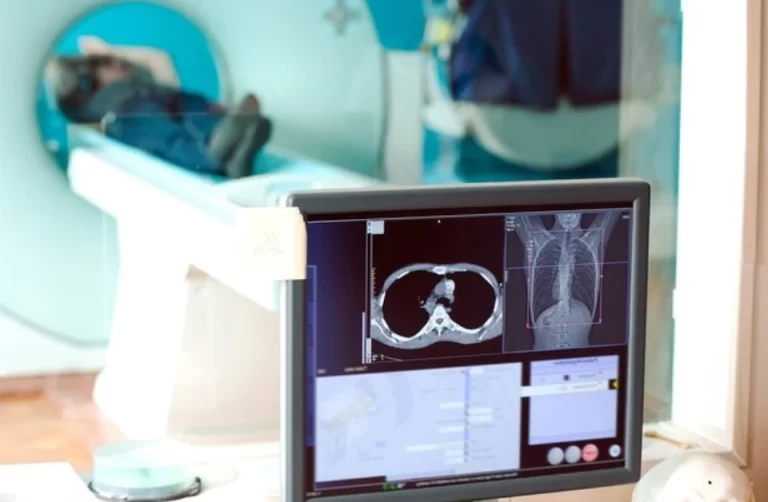
What are the Limitations of Technology in Healthcare Industries?
December 15, 2020
What is Scientific Writing? How is It Significant to Radiology?
December 26, 2020What is the Peer-Review of a Manuscript? Benefits of Peer-Reviewing a Manuscript
Brief
- Peer review is the critical assessment of manuscripts submitted to journals by experts who are usually not part of the editorial staff.
- “The investigator’s final manuscript of a peer-reviewed article accepted for journal publication, including all modifications from the peer review process.”
The manuscript should also include
- Figures, charts, tables and images
- Supplemental materials associated with the work
- Title page
- Names and affiliations of the authors
- The corresponding author’s name and email address
- Grant award acknowledgements
Introduction
Peer review can be described as a process in which a person reads, checks and gives his or her opinion on a piece of work written by another scientist or expert working in the same field. Generally speaking, two forms of peer review can be distinguished: ‘in-class peer review’ for undergraduate students and academic peer review’ for research scholars. During an in-class peer review, undergraduate students read articles written by fellow classmates and offer input on their work as part of the teaching aspects of the program. Academic peer review (hereafter “peers review”) is, on the contrary, a more complicated process. Peer review is a central aspect of academic study. In general, the scientific publication process consists of three main participants: Authors were submitting a manuscript outlining their findings, editors determining whether the paper will be offered for peer review and eventually accepted for publication, and peer reviewers performing evaluations that will allow the editor to make a better-informed decision on suitability. These reviewers play an understated yet crucial role in the process, utilizing their capability to constructively critique a piece of work for the benefit of the broader scientific community

Methodology
To gain insight into the attitudes towards the participation of ecrs in peer review, we have distributed a survey to academics in ten countries across the globe. The survey covered numerous aspects of the peer review process, including how many peer-review invites are commonly accepted by academics, if they included ecrs (postgraduate researchers only in their evaluations, and if so, what was their motivation to involve ecrs. We requested that academics determine the effect of peer review on the essential skills of their students based on their previous experience. Besides, a separate survey was distributed to the ecrs (student survey) to assess their attitudes towards peer review participation. Complete details of survey questions for both the academic and the ecr surveys can be found in the supplementary materials section. For the survey, terminology graduate students (pgrs) is used instead of ecrs (supplementary materials). It was to be differentiated explicitly from undergraduate researchers who were not the subject of our study.
Benefits of peer-reviewing a manuscript
Corrects vague terms
While i use an online thesaurus every time i write to find the right word to describe a concept, in some cases, some words seem to be incorrect or vague. Having input from peers lets me determine whether i have to adhere to my terms or consider what they say. I do not hesitate to alter the words in question if the idea sounds fine.
Provides feedback as to the effectiveness of your communication
Oh, it is. If grasped the points you advanced in your manuscript, you can readily see from the reactions of your peer group. Suppose that after a page has been displayed to provide their input, it takes them a little longer than expected, which will possibly mean that something is wrong with the flow of thinking or conversation. Questions for clarity will most likely come next. And yes, they have.
Prevents you from committing serious blunders in your arguments
You may have made points that may be based on incorrect assumptions. Once the beliefs are false, then everything you’ve published is wrong. This result observes the laws of logic. If the premises are defective, so it is unreliable with anything that goes beyond it.
Facilitates concise writing
More than what is required, you might have written. The elimination here and there of needless paragraphs or phrases gives rise to a short, adequately written manuscript. Some people are fond of focusing on spelling and grammatical mistakes. While attention should be given to the substance or claims of your research paper, your grammar matters a lot. As the reading flow is made more efficient, good grammar encourages reading.
Allows you to expound on your points
Perhaps you felt you had written sufficiently to clarify the matter at hand. Then you know that you have brought your peers halfway to the expected ideas you want to project. This situation requires clarification on the questions you have raised to understand and illustrate concepts.
Encourages you to perform better next time
The next time you are on the watch for the possible comments, suggestions, or criticism of your book, if the peer review exercise has shown you any positive feedback. When you add all the terms and recommendations of colleagues, you will then compose better than ever. Thus in your previous article, you stop making the same errors. There are tremendous advantages to peer-review.
Conclusion
In conclusion, the method of peer-review is collegial at its best, not adversarial. Finally, when guided by attentive, detailed, insightful reviews, and they have the privilege of seeing papers and journal reputations improve as part of the process, editors gain trust in their decisions to accept an article.
References
- Wiley rano survey, principles of peer review, wiley author services, 2013.
- M. N. Ovando, “constructive feedback: a key to successful teaching and learning,” international journal of educational management, vol. 8, no. 6, pp. 19–22, 1994.view at publisher site | google scholar.
- https://beckerguides.wustl.edu/nihpolicy.





